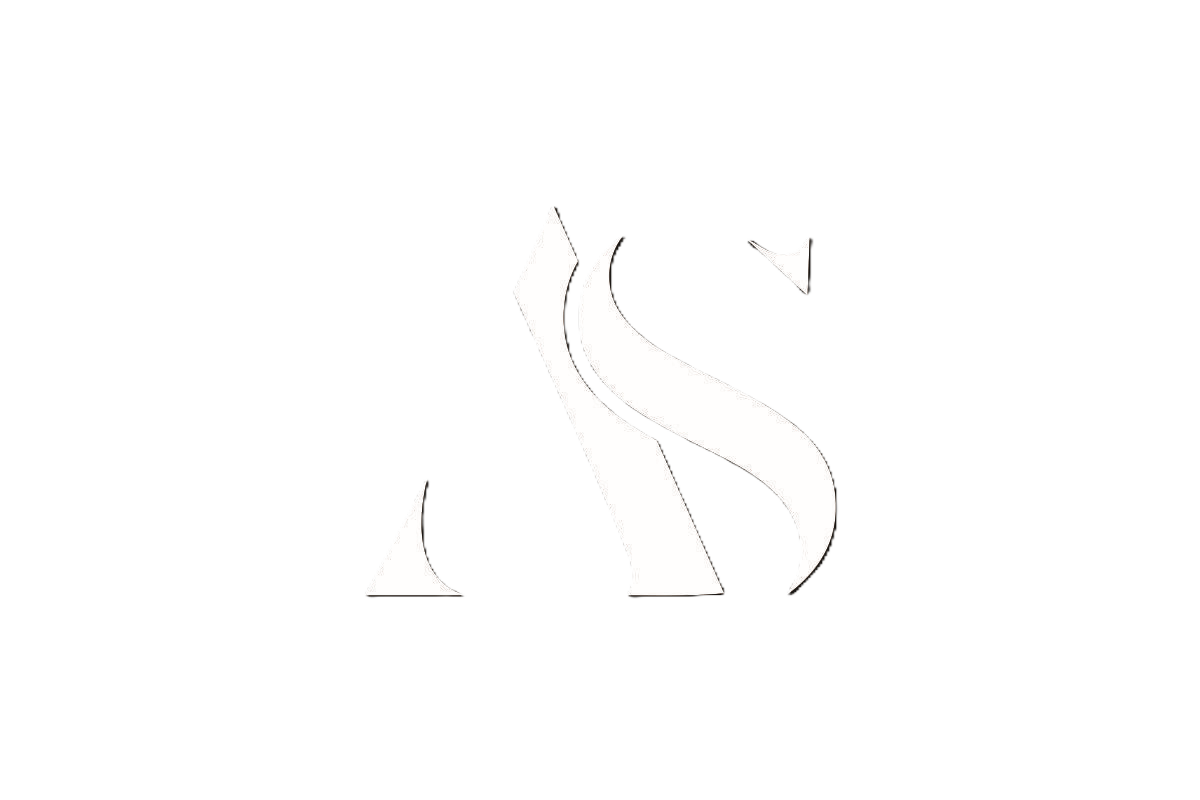
Design is not just about making something look good. It’s about creating a product that works well, is easy to use, and solves a problem for the user. However, research has shown that the way a product looks can actually affect how usable it is. This phenomenon is known as the aesthetic usability effect.
What is the Aesthetic Usability Effect?
The aesthetic usability effect is a cognitive bias that occurs when people perceive products that are visually appealing as easier to use, even if they are not. This means that users are more likely to overlook usability issues if the design is aesthetically pleasing.
This effect has been demonstrated in numerous studies. For example, one study found that people were more likely to use a website with an attractive design, even if it was less functional than a less attractive website. Another study found that people rated a mobile phone app as more usable when it had a more visually appealing design, even though the app’s functionality was identical in both versions.
Why does the Aesthetic Usability Effect occur?
The aesthetic usability effect occurs because our brains are wired to process information in a certain way. We are visual creatures and are naturally drawn to things that are visually appealing. When we see a product that looks good, our brain automatically assumes that it will work well too. We are more likely to overlook usability issues because our brain is focused on the visual aspect of the product.
In addition, our brain also processes information more efficiently when it is presented in a visually appealing way. This means that a product that is visually appealing may be easier to understand and use because our brains can process the information more quickly.
How can designers use the Aesthetic Usability Effect?
Designers can use the aesthetic usability effect to their advantage by creating products that are not only functional but also visually appealing. By doing so, they can improve the overall user experience of the product.
However, it’s important to note that the aesthetic usability effect should not be used as a replacement for good usability design. Aesthetics should be used to enhance the usability of the product, not to cover up usability issues.
Designers should also be aware that the aesthetic preferences of users can vary widely. What one person finds visually appealing may not be the same for another. This is why it’s important to conduct user testing and gather feedback to ensure that the design is meeting the needs of the users.
Conclusion
The aesthetic usability effect is a fascinating phenomenon that highlights the importance of aesthetics in design. By creating products that are both visually appealing and functional, designers can improve the overall user experience and create products that users are more likely to use and enjoy. However, designers should always prioritize usability over aesthetics and gather feedback from users to ensure that the design is meeting their needs.





